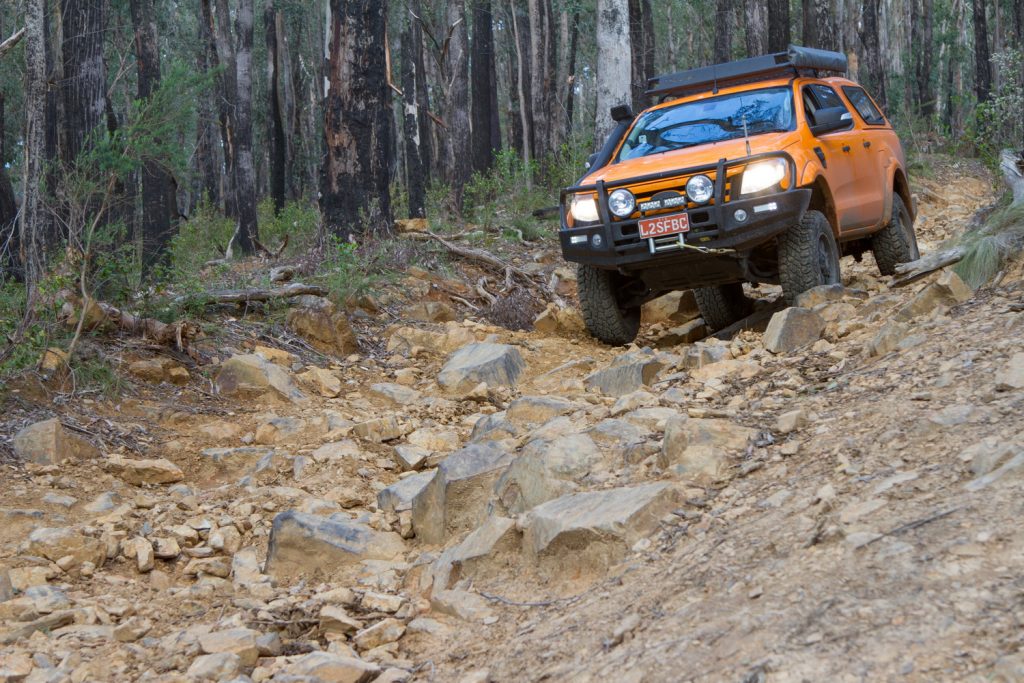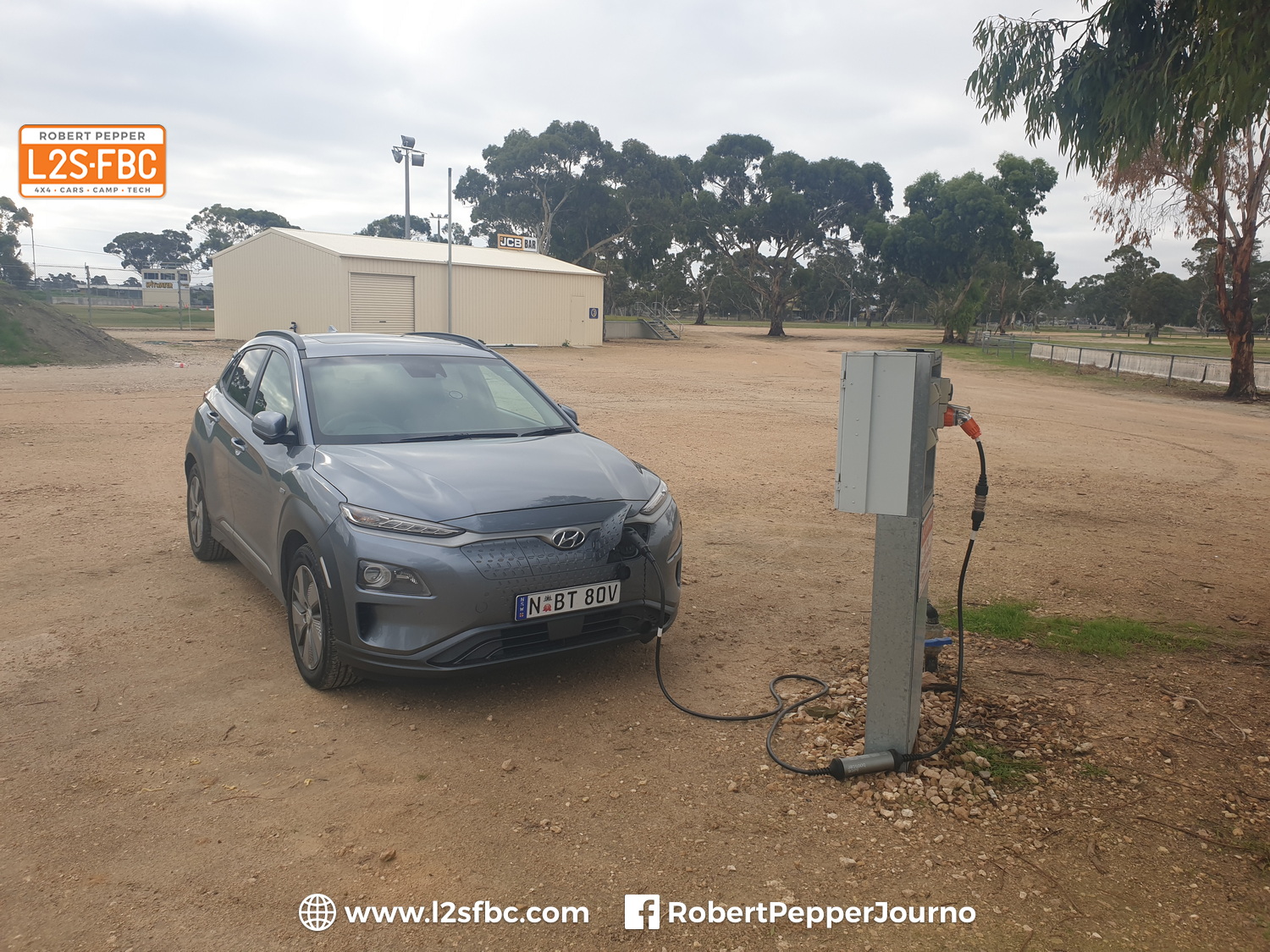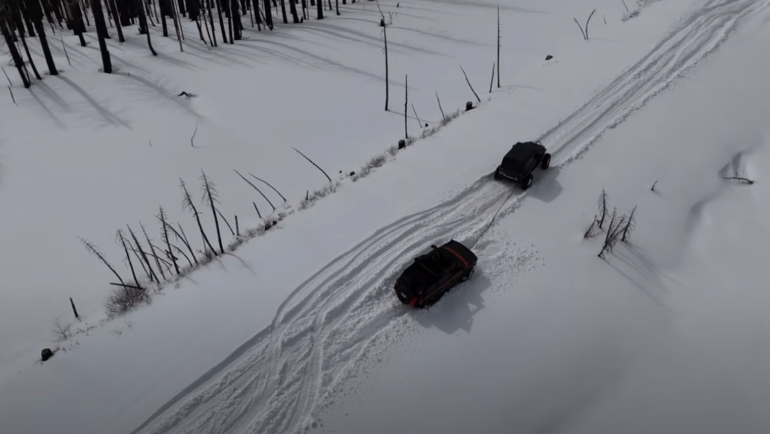
I own a 4WD ute and I’m not worried about the future
Once a month or so, I’m out in the bush with friends and family, camping or just exploring. I’d do it more often, but I reserve a few weekends a year for competing in a state car racing championship, or researching content for my job as an automotive journalist. So yes, I’m a fully credentialed car enthusiast and one who is not scared, but saddened by the absurd, logic-free attack ads about “the weekend being taken away”, or extra taxes on specific vehicles.
Owners of 4WDs and utes, you have nothing to fear.
As anyone can see, the world is moving rapidly away from internal combustion engines (ICE), petrol or diesel, to alternative propulsion systems. The reason is ever-tightening emission laws in Europe and the USA which make it harder and harder for ICE engines to comply. Look at the once-simple diesel, now with an array of complex emissions-beating devices such as DPFs, cat converters, AdBlue and EGR… all necessary as diesel tech is pushed to the limits, and petrol engines are going the same way. Then there’s the European push for cleaner cars, leading to bans on using older diesel cars in major cities, and sales of ICE vehicles – the UK, France and Spain are planning for 2040.
In response, carmarker after carmaker is announcing new electric vehicles (EVs), hybrids, or plug-in hybrids, with most aiming to have their products 100% hybrid or electric in 5 to 15 years time.
Like it or not, the ICE engine is on the way out. Right now, you can buy EVs from as little as $45,000 from a variety of manufacturers. And those EVs are great, for short, around-town trips. A range of 300-500km is plenty for commuting or around town, and interstate drives are possible with a bit of planning. There will be more charging stations, and range will increase. I wasn’t around when cars replaced horses, but I can well imagine a horserider pointing out that his steed could be refuelled with grass at the nearest paddock, that all the inns along the route stocked hay and water but not petrol, and he could canter along rough paths much quicker than the primitive car could drive.
But it’ll be quite a while yet before EVs can replace the touring 4WD used to explore remote Australia or tow a big caravan. I’ve tested the best on the market, the Tesla Model X with a mere 1000kg trailer and it drove very nicely, but briefly, not getting anywhere near its claimed 500+km range. My estimation is that claimed EV ranges needs to at least quadruple, and charging times halve before EVs become viable for the sort long-distance, heavy-duty recreational work many Australians love.
But don’t fall for the Big Electric Lie, that Shorten et al are coming soon for your 4WDs. The change to alternative propulsion such as EVs and hyrdogen is, and will be gradual. Hybrids are now unremarkable – the Camry hybrid is more a cost-effective tool for taxi drivers than the petrol-only version. Plug-in hybrids are increasing are slowly increasing in number, and you can drive them for 50+km on pure electric power. The latest hypercars from Ferrari, McLaren and Porsche are all hybrids for performance, not emissions, and Formula 1 has used hybrid engines for years. Petrol-electric is an ideal combination, with instant-on, diesel-beating torque off idle complemented by top-end power from the petrol motor. There’s such a variety of ways to generate electricity that a gradually increasing load need not be a concern, and battery technology doesn’t need to rely on rare metals. We might even seen electric-driven caravans hooked to EVs.
My prediction is that we’ll always be able to cross the Simpson desert or tow a van on a Big Lap, but the car we’ll use will change. First, petrol-electic hybrids will appear in mainstream workaday 4WD vehicles, not just today’s Range Rovers and Cayennes. Then, plug-in hybrids will become the norm, and finally electric, or maybe hyrdogen. That will take many years.
The bottom line is I cannot see any circumstance where ICE vehicles are forced off the road, or taxed out of existence when they are able to do jobs that no other vehicle can achieve, and once you look under the dirty smoke of the fear campaigns, you won’t see any such moves by any political party.
Even if the last new ICE 4WD was sold in 2040, that’s still 20 years away and the car could be run for another 20 years beyond that. Imagine what sort of car tech we’ll see in 40 years time…it’s always hard to predict the future but I think it safe to say the cars driving the Canning Stock Route will be quite different from today.
The only way there won’t be a vehicle capable of exploring remote Australia is when there is no demand for such a vehicle.


